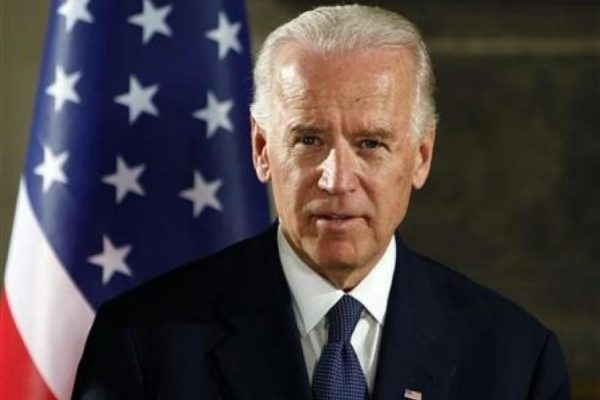By Joe Maniscalco
March 3, 2016

New York, NY – An alleged union-busting maneuver undertaken under the old Bloomberg administration is preventing first responders from answering calls for help as quickly as possible according to a new report — and the union representing city firefighters is calling on Mayor de Blasio to reverse the decision pronto.
Before he finally left office after three terms and more than 10 years at the post, former Mayor Michael Bloomberg helped see to it that 911 phone operators took over duties previously left to Fire Alarm Dispatchers.
That move was a mistake, according to Uniformed Firefighters Association [UFA] President Steve Cassidy, one that has resulted in unnecessary time being wasted before vital information can be relayed to first responders.
“Here we are, two years into the new administration, and I think the first thing they need to do is go back to the old system,” Cassidy told LaborPress this week.
The last decade has been the busiest in the FDNY’s storied 150-year history. Last year alone, the Department responded to 581,981 calls for help — a 12-percent surge over the year prior.
“Those are startling numbers,” Cassidy said. “They are straining the Department’s ability to get to you when you need our assistance in a timely manner. And there needs to be a discussion about how we deal with that going forward.”
This week, the UFA released a new report finding the City of New York is dramatically underreporting average firefighter response times throughout the five boroughs. In some cases, by as much as an uncanny 92-percent.
Public Advocate Letitia James issued a statement in response to the report calling it “deeply troubling” and a “real danger to all New Yorkers.”
“Our city not only deserves quick response times, but must be able to trust that our government is disseminating truthful information. Such large discrepancies between reported response times and factual response times can truly be a matter of life and death.”
A spokesperson for the FDNY, meanwhile, issued a statement stating there is “nothing misleading about the city’s transparent and detailed reporting on response times for emergencies, broken down by seven different categories to account for each component in what is known as ‘end-to-end’ response time.”
Be that as it may, Cassidy insists that response times can be significantly reduced by going back to the old system of dispatching 911 calls, and allocating more resources to first responders.
“Now that they’re counting end-to-end response time, we should have a discussion about how we resolve that,” the union president said. “And the first step is transfer the calls to the Fire Department quickly, and you will lower the total response times without making any changes.”
The average response time to structural fires in town is four minutes, 11 seconds, according to the city. But the UFA report finds the average response time to structual fires is actually five full minutes – just meeting the nationally accepted standard of five minutes or less.
“UFA Spokesperson Tom Butler called the Bloomberg-era decision to expand the role of 911 operators an attempt to “bust” the Uniformed Fire Alarm Dispatchers Benevolent Association.
“It’s as if they were trying to homogenize it, and put all of those dispatching positions within the Police Department, and take it out from under the umbrella of the Fire Department,” Butler said.
The UFA report further finds that structural fires are up 3.3 percent; non-structural fires are up by 16.5 percent, and medical emergencies are up 16.8 percent.
Click here to see the full report.



